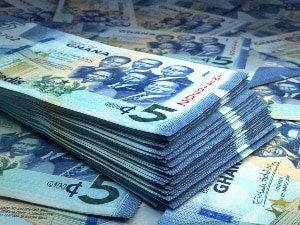In 2022, the Bank of Ghana utilized an amount of GH¢325 million for the printing of currency notes. Comparatively, as indicated in the Bank of Ghana’s Annual Report and Financial Statements for 2022, GH¢174 million was allocated for this purpose in the preceding year, 2021.
The Bank of Ghana encountered substantial losses in 2022, predominantly attributable to the Domestic Debt Exchange Programme (DDEP).
As outlined in the report, the central bank restructured its holdings of government debt, which encompassed non-marketable holdings of Government of Ghana instruments including long-term stocks, a Covid-19 Bond, and overdrafts that were subjected to a 50 percent reduction in value.
Furthermore, the Bank of Ghana’s other claims, comprising holdings of marketable instruments, underwent a similar exchange in terms as other financial institutions under the DDEP.
This culminated in an impairment of GH¢48.40 billion during 2022. Simultaneously, the Central Bank faced revaluation losses on its foreign assets and liabilities due to the depreciation of the exchange rate.
These combined factors resulted in a negative equity position of GH¢55.12 billion for the fiscal year 2022.
The report also highlighted that despite a favorable trade surplus, the balance of payments registered a deficit of US$3.64 billion, largely due to considerable net outflows in the capital and financial account.
Consequently, Gross International Reserves underwent a drawdown of US$3.46 billion, decreasing from US$9.70 billion at the conclusion of December 2021 to US$6.24 billion at the end of December 2022, thereby providing import cover for 2.7 months.
The substantial reduction in reserves gave rise to heightened currency pressures and led to a decline in the Common Equity Tier 1 capital ratio, from 6.5 percent to 5.5 percent. Additionally, there was an elevation in the maximum Tier 2 capital ratio, rising from 2.0 percent to 3.0 percent of total risk-weighted assets.

